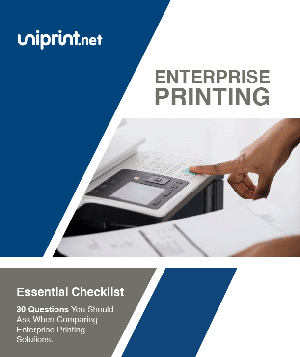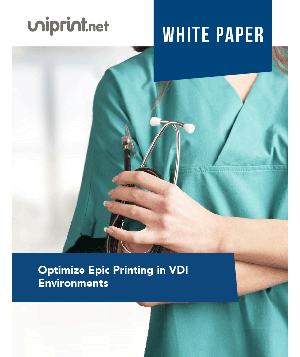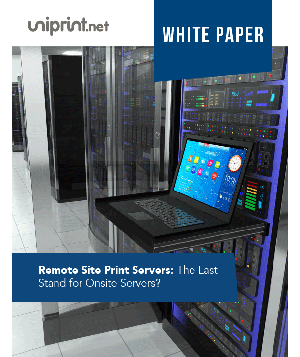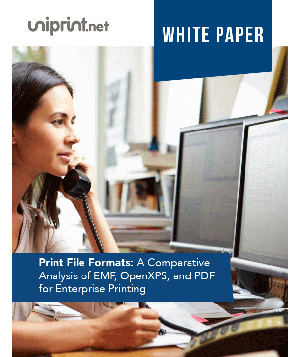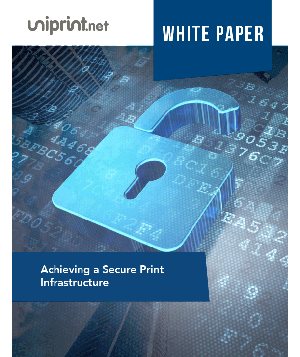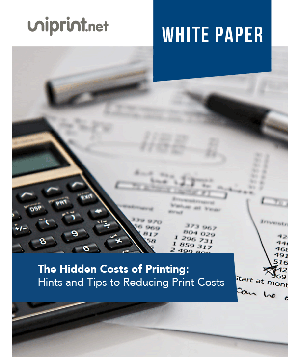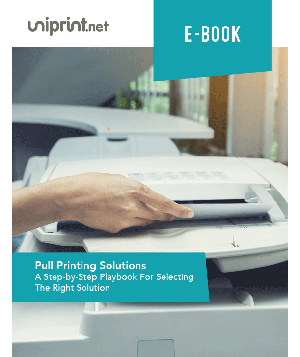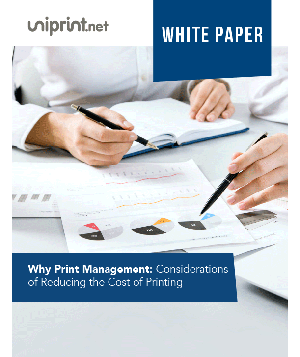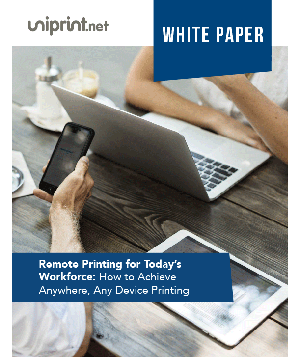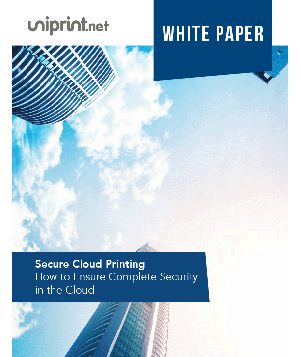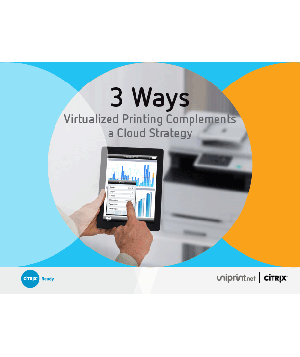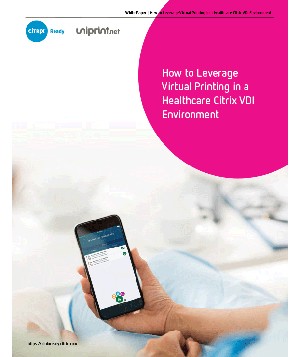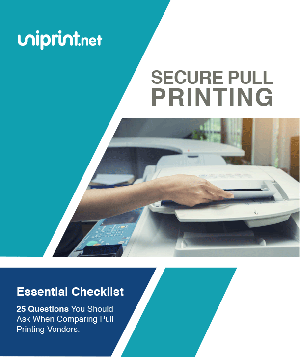Cloud Security Management: 8 Steps for Evaluating Cloud Service Providers
Cloud computing offers organizations many benefits, but these benefits are unlikely to be realized if there are not appropriate IT security and privacy protection strategies in place when using the cloud.
When migrating to the cloud, organizations must have a clear understanding of potential security risks associated with cloud computing, and set realistic expectations with providers.
What Is Cloud Security Management?
Could technology have revolutionized how organizations operate, significantly enhancing their operational approach? But, keeping a balance between productivity and security can be challenging, especially considering the continuous evolution of security threats along with digital landscapes. This is where cloud security management comes in. It comprises a wide array of strategies, helping organizations utilize the technology to its fullest potential while minimizing security threats and vulnerabilities as well as offering a secure infrastructure.
Common challenges of cloud security?
Some of the challenges associated with cloud security are appended below.
- First and foremost, one of the biggest challenges o cloud security is protecting an individual or a business against data breaches.
- In addition, the lack of architecture is another major challenge associated with cloud security.
- Besides this, security misconfigurations are another serious concern when it comes to cloud security. There are a couple of reasons for it. For example, a common practice of most organizations is using more than one cloud security provider. As a result, organizations are unable to familiarize themselves with all the security protocols.
- DoS (Denial Of Service) attack is another cloud security challenge. These attacks usually result in a crashed system or a network. The outcome can be devastating in terms of financial losses.
- Similarly, protection against cyberattacks is also a major challenge regarding cloud security. Cybercriminals can easily access could-based networks from the public internet, which makes them more prone to a security threat.
What are the benefits of Cloud Security Management?
Cloud security management has multiple advantages, some of which are listed below.
- Cloud security management allows organizations to monitor their applications and cloud-based data uninterruptedly.
- In addition to accessibility, cloud security management offers effective protection against DDoS attacks, which can be quite severe in certain cases.
Moreover, cloud security management offers data security. - Last but not least, cloud security management is highly effective in analyzing advanced threats and protecting the organization’s data against them.
8 Steps for Evaluating Cloud Service Providers
The following 8 steps will help enterprise IT and business decision-makers analyze the information security and privacy implications of cloud computing and cloud security management on their business.
1. Ensure effective governance and compliance
Most organizations have security, privacy, and compliance policies and procedures to protect their IP and assets.
In addition, organizations should establish a formal governance framework that outlines chains of responsibility, authority, and communication.
This describes the roles and responsibilities of those involved, how they interact and communicate, and general rules and policies.
2. Audit operation and business processes
It is important to audit the compliance of IT system vendors that host the applications and data in the cloud.
There are three important areas that need to be audited by cloud service customers: the internal control environment of a cloud service provider, access to the corporate audit trail, and the cloud service facility’s security.
3. Manage people, roles, and identities
Using the cloud means there will be employees from the cloud service provider that can access the data and applications, as well as employees of the organization that perform operations on the provider’s system.
Organizations must ensure that the provider has processes that govern who has access to customer data and applications.
The provider must allow the customer to assign and manage roles and authorization for each user.
The provider must also have a secure system in place to manage the unique identities of users and services.
4. Proper protection of data
Data is the core of all IT security concerns for any organization. Cloud computing does not change this concern but brings new challenges because of its nature of cloud computing.
The security and protection of data both at rest and in transit need to be ensured.
Interested in learning more about cloud security management? Check out this free whitepaper on how to ensure complete security in the cloud!
5. Enforce privacy policies
Privacy and protection of personal information and data is crucial, especially as many major companies and financial institutions are suffering data breaches.
Privacy of personal information is related to personal data that is held by an organization, which could be compromised by negligence or bugs.
Privacy requirements must be addressed by the cloud service provider. If not, the organization should consider seeking a different provider or not placing sensitive data in the cloud.
6. Assess security considerations for cloud applications
Organizations are constantly protecting their business applications from internal and external threats.
Application security poses challenges to the provider and organization, and depending on the cloud deployment model (IaaS, PaaS, or SaaS), there are different security policy considerations.
7. Cloud networks and connections are secure
Cloud service providers must allow legitimate network traffic and block malicious traffic. Unfortunately, cloud service providers will not know what network traffic its customer plan to send and receive.
Therefore, organizations and providers must work together to set safety measures and provide the tools necessary to protect the system.
8. Evaluate security controls and physical infrastructure
The security of an IT system is also based on the security of the physical infrastructure and facility. Organizations must have assurance from the provider that the appropriate controls are in place.
Infrastructure and facilities should be held in secure areas and protected against external and environmental threats.
For example, physical printers should be locked down or moved into a controlled access area. Further, protect access by using a network print security appliance to require user authentication for access to the printer to help eliminate security breaches and reduce printing costs.
As organizations migrate their applications and data to cloud computing, it is critical to maintaining the security and privacy protection they had in their traditional IT environment.
Try UniPrint InfinityCloud
Whether you are printing at the office or at home, UniPrint InfinityCloud is the cloud printing solution of choice for your organization.
Recent Posts
- How Cloud Print Management Prevents Print Server Vulnerabilities
- Is Printing Dead?
- How InfinityCloud Outshines Microsoft Universal Print in 2024
- How the Cloud Print Management Software Drives Sustainable Business Practices
- How Cloud Print Management Enhances Your Network Security
- How to Enhance Remote Work Experience with Secure Serverless Printing
- Update to Google Drive Cloud Storage
- A Guide to Preventing Phishing Attacks
- Level up your Microsoft Universal Printing experience with PF 360 Print
- How To Fix 10 Common Printer Problems
- See All



